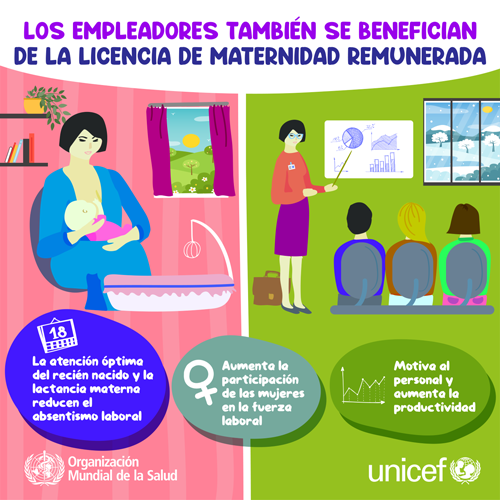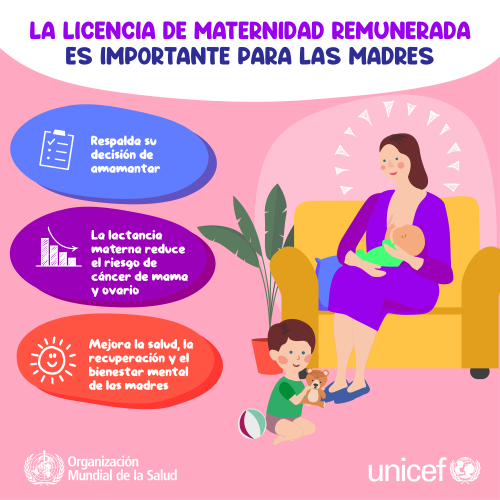Following various situations in public and private schools in Córdoba, contrary to the rules and standards of law that govern education, we lodge complaints with the Office of the Ombudsman for Children and Adolescents and with the Ministry of Education requesting their intervention.
“Below, we offer a google translate version of the original article in Spanish. This translation may not be accurate but serves as a general presentation of the article. For more accurate information, please switch to the Spanish version of the website. In addition, feel free to directly contact in English the person mentioned at the bottom of this article with regards to this topic”.
Within the framework of March 25, “Children’s Day for Birth,” several public and private schools in Córdoba held activities and days of celebration, incurring a flagrant violation of the rights of children and adolescents.
Among them, the Private Institute “Virgen Niña” of the city of Justiniano Posse, made and then disseminated a video on WhatsApp, in which you can watch children of the Primary Level singing a song. In the video you can also see images with drawings and activities that were made in the school on that day.
The current legislation cannot be contradicted
This song contradicts the contents proposed by the Law of Integral Sexual Education No. 26,150, sanctioned in 2006, which establishes the right of all students to receive comprehensive sexual education in their biological, psychological, social, affective and ethical aspects (art . one). This law, and its complementary laws, such as Law No. 25.673 on Sexual Health and Responsible Procreation and Law 27.234 Educate on Equality: Prevention and Eradication of Gender Violence, are fully in force in all educational institutions of all levels that they integrate the educational system of the province of Córdoba. In the Provincial Education Law (9870), the adherence to national regulations is reinforced, both in content and knowledge and in values. At the provincial level, in addition, the Ministry of Education ruled last year through Memorandum No. 8/2018, recalling that the ESI law is in full force. The same was said in Resolution No. 433, on April 29 of this year, through which it ratified the validity and mandatory compliance with the guidelines established in the Memorandum mentioned.
In addition to local regulation, this right is based on numerous international human rights instruments.
What the song of the Institution’s video proposes moves away considerably from the obligatory common floor established by the parameters of the Curricular Guidelines for Integral Sexual Education, and from any biological notion of human reproduction, granting subjectivity to the embryo or fetus and presenting a conflict in the situation of pregnancy between the mother and “the child”, which is extremely worrying and stigmatizing.
The institutional ideology must be respected, but without violating rights
The Law of Integral Sexual Education provides that the teaching contents must be harmonious with the “ideals” of each educational community. Therefore, religious schools can define their programs and adapt “the guidelines to their socio-cultural reality, within the framework of respect for (…) the beliefs of their members” (Article 5). This means that religious schools have the right to share with their students what is the opinion of the dogma or creed that governs the institution. But in no way can students be left without the minimum information established by the official curriculum of the law, much less provide erroneous, false and biased information.
It is urgent to talk about ESI
Improving the application of the Comprehensive Sex Education Law in our country is essential, taking into account the high rates of teenage pregnancy and child sexual abuse. Annually, about 3,000 girls and adolescents under 15 years old become mothers, a situation that requires a special look, not only because of the risk of greater physical complications that pregnancy represents at such an early age, but because the younger age is the Probability of pregnancy being a product of sexual abuse.
A systematic practice
You cannot fail to mention other situations that have occurred in schools in the province, such as the three secondary educational establishments of La Carlota (Instituto Mercenario, IPET N ° 100 and EPET N ° 255) that were mobilized to perform a series of acts framed in they call “Week for life”, which included touring the city with flyers and posters “in defense of the unborn child.
Something similar happened in Jesús María in the primary school of the Colegio del Huerto, where teachers and authorities asked the students to attend the school with the blue scarf for the day of March 25.
To these are added public knowledge situations where students received reprimands or other sanctions for taking the green scarf to school or for expressing their position in favor with respect to legalization, or those of those teachers who suffer harassment, threats or displacement due to the use of inclusive language.
For all these reasons, with the accession of more than 30 organizations, we request the Ministry of Education and the Office of the Ombudsman for Children and Adolescents to provide the necessary means to deter this type of practices and to enable mechanisms for training authorities, teachers and non-teachers of all educational institutions in the area of Integral Sexual Education, according to the guidelines established by law.
Adhere to the complaint
Cuerpo de Abogadas Feministas de Córdoba, Asociación Pensamiento Penal (APP) – Capítulo Córdoba, Católicas por el Derecho a Decidir, Fundación Córdoba de Todxs, Activando Derechos Córdoba, SeAP – Servicio a la Acción Popular, Red PAR (Red de periodistas por una comunicación no sexista), Asociación Civil Somos Diversidad Club Social, Cultural y Deportivo, FES (Federación de Estudiantes, Secundarios), Equipo de Investigación «La educación sexual integral en la trama institucional y política de Córdoba», Área de educación, CIFFyH/UNC, Equipo de Educación Sexual Integral – Escuela Superior de Comercio Manuel Belgrano (UNC), Programa de Feminismos, Sexualidades y Derechos de la FCS, Fundación ECoS (Espacio Córdoba Salud), Consultorio de Salud Integral, Flor de Luna, Jardín maternal DEODORO, Socorro Rosa Córdoba, Las Juanas Socorristas, Ni Una Menos Córdoba, MuMaLa Córdoba, Mala Junta – Vamos, La Mella – Feminista y popular, Mala Junta – Nueva Mayoría, La Jauretche, Las Alicias, Mujeres Socialistas, Juventud Socialista Córdoba, Partido del Trabajo y del Pueblo. CEPA. JCR, SOMOS. MAREA. BARRIOS DE PIE, Escuela de formación feminista Viviana Avendaño Del Frente Popular Darío Santillán, María Saleme, Martín Fresneda – Legislador Provincial.
More information
Contact
Mayca Balaguer, maycabalaguer@fundeps.org


